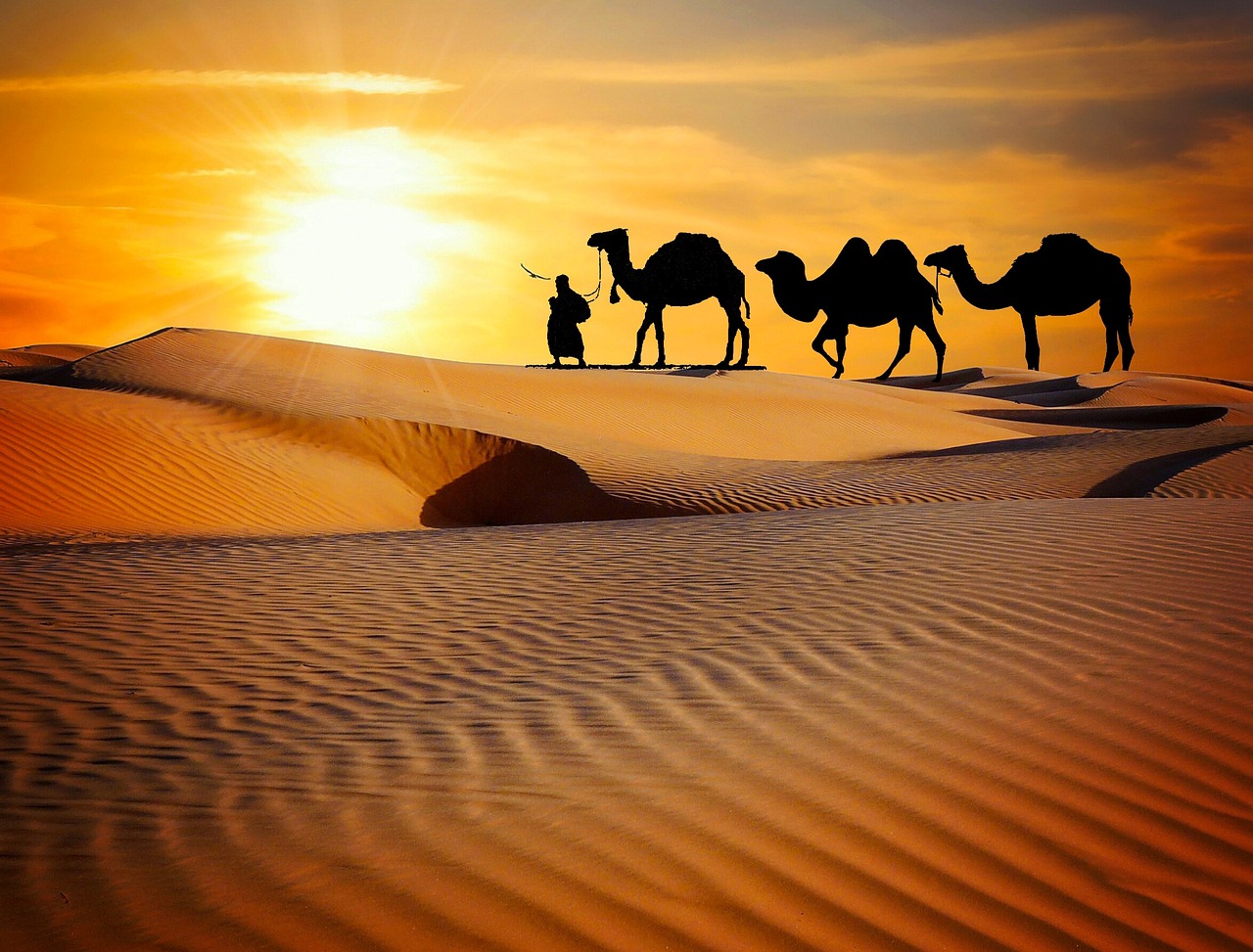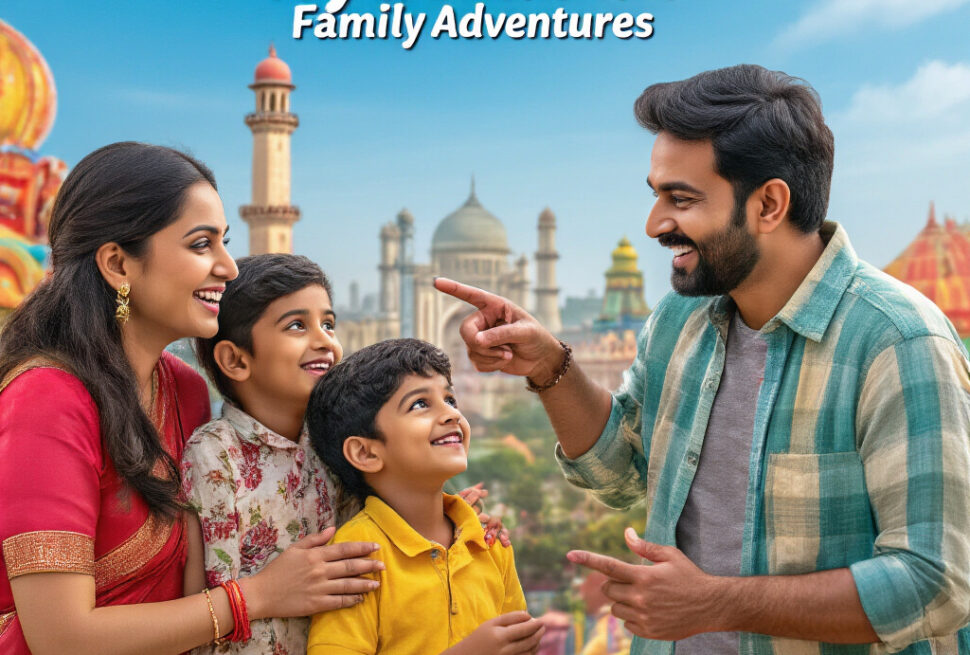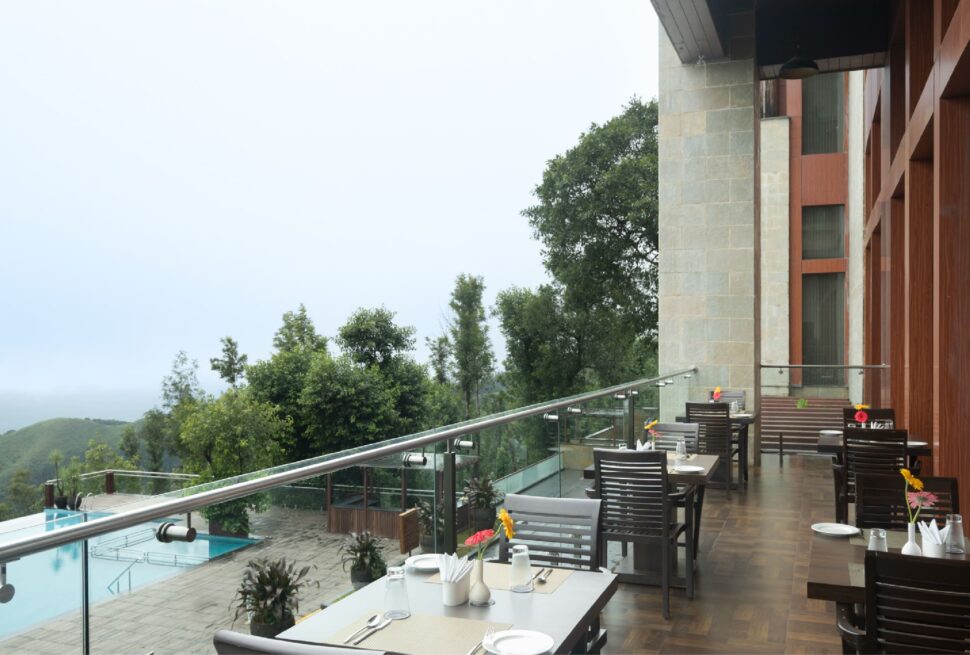Ever stood in the middle of a golden desert with a centuries-old fort looming on the horizon, wondering if you picked the right time to visit? Rajasthan’s magic hits different depending on when you go.
The “Land of Kings” isn’t just another destination—it’s a sensory explosion that changes dramatically with the seasons. Knowing the best season to visit Rajasthan can mean the difference between a dream trip and a sweaty nightmare.
From the cool marble palaces of Udaipur to the blazing dunes of Jaisalmer, each corner of this royal state has its perfect moment. But here’s what most travel guides won’t tell you: there’s a secret window when tourist crowds thin out but the weather still plays nice.
So when should you actually book those tickets? Well…
Ideal Seasons to Visit Rajasthan
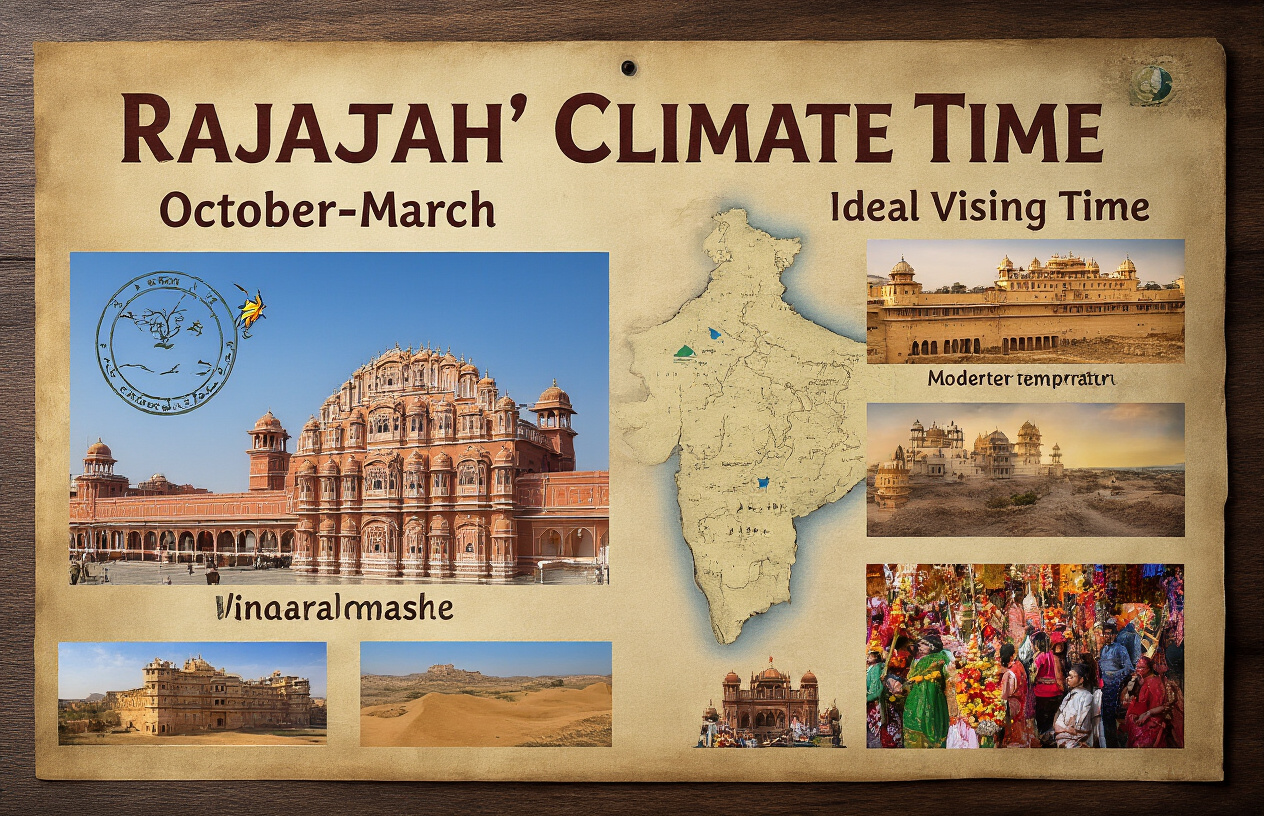
Winter (October-March): The Golden Period
Rajasthan transforms into a magical wonderland during winter. The scorching heat takes a backseat, and temperatures hover between a pleasant 10-25°C. This is when the desert state truly comes alive.
You’ll find yourself ditching those extra layers by midday while exploring forts and palaces under the gentle winter sun. Nights get chilly though – perfect for bonfires under starlit desert skies.
Winter brings the biggest tourism rush for good reason. You can explore Jaipur’s amber-hued monuments without breaking a sweat, wander through Udaipur’s romantic lanes, or take those camel safaris in Jaisalmer without feeling like you’re melting.
The cherry on top? Major festivals like Desert Festival, Pushkar Camel Fair, and Magnetic Fields happen during these months. The cultural calendar stays packed with folk performances that simply don’t happen year-round.
Monsoon (July-September): Green Desert Experience
The desert draped in green? Absolutely. Monsoon works its magic on Rajasthan’s arid landscape, painting it in vibrant emerald hues that few travelers get to witness.
Rain here isn’t the continuous downpour you’d expect elsewhere. It comes in short, dramatic bursts with plenty of sunshine in between. The Aravalli hills and lakes around Udaipur and Mount Abu look particularly stunning after a fresh shower.
Hotel rates drop significantly, and you’ll find major attractions delightfully uncrowded. The light rainfall creates perfect weather for exploring historical sites without the winter crowds.
Don’t miss Bundi and Kota during monsoon – their stepped wells and waterways come alive. The Teej festival celebrations in Jaipur showcase local culture at its vibrant best with women in green saris and traditional swings adorning public spaces.
Summer (April-June): Off-Season Benefits
Summer in Rajasthan is admittedly fierce. Temperatures soar above 40°C, sometimes hitting the 45°C mark in places like Churu and Bikaner.
But there’s a silver lining for brave souls who venture here during these months. Tourist numbers plummet, meaning you’ll have those Instagram-worthy spots all to yourself. Hotels slash their rates by 30-50%, and you can score incredible deals on luxury properties that would break the bank in peak season.
Early mornings and evenings still offer comfortable temperatures for sightseeing. Many heritage hotels have impressive swimming pools that become your best friend during afternoon breaks.
Summer is actually perfect for exploring hill stations like Mount Abu – Rajasthan’s only proper hill station stays a good 10°C cooler than the plains below.
Festival Seasons: Cultural Immersion Opportunities
Rajasthan’s calendar bursts with festivals year-round, but certain periods offer exceptional cultural immersion.
January-February brings the Desert Festival in Jaisalmer with camel races, folk performances, and turban-tying competitions against golden sand dunes. March sees Holi celebrated with unmatched enthusiasm in cities like Jaipur and Udaipur.
October-November is festival heaven with Diwali illuminating every corner of the state. The Pushkar Camel Fair transforms a sleepy town into a bustling cultural spectacle with thousands of camels and their colorfully dressed traders.
Each festival offers a different slice of Rajasthani culture. Plan your visit around these events and you’ll experience authentic traditions that most tourists miss. The energy is infectious – locals welcome visitors to join celebrations, creating memories that last far longer than photos of empty monuments.
Royal Cities of Rajasthan
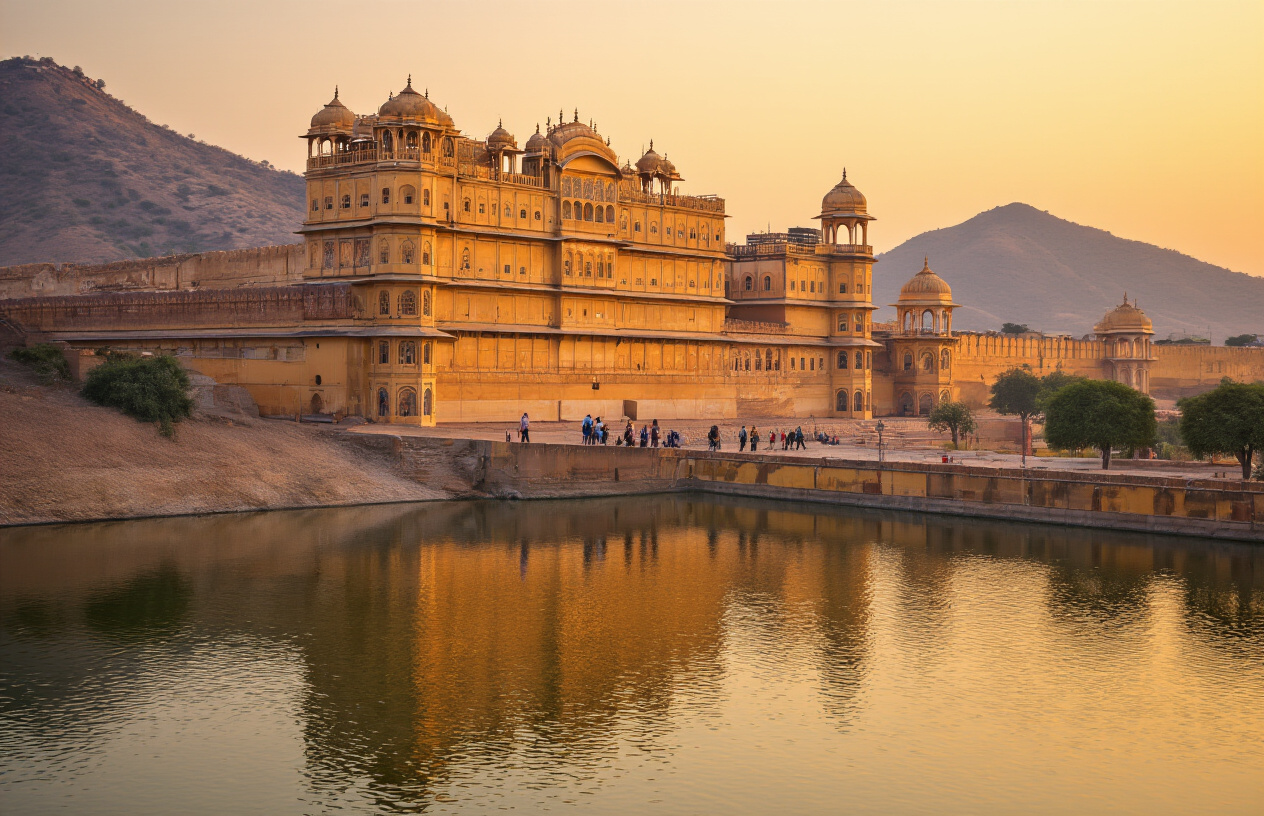
A. Jaipur: The Pink City’s Magnificent Palaces
Ever wandered through streets where every building glows with the same rosy hue? That’s Jaipur for you. The entire old city was painted pink in 1876 to welcome Prince Albert, and boy, did they commit to the bit!
Hawa Mahal stands like a massive honeycomb with its 953 windows, designed so royal ladies could peek at street festivities without being seen. Sneaky, huh?
City Palace isn’t just one building—it’s a whole complex that’ll make your jaw drop. The blend of Rajasthani and Mughal architecture is something else. And those courtyards? Absolutely massive.
Then there’s Amber Fort sitting on a hill like it owns the place (which it kind of did). Ride an elephant up if you’re feeling fancy, or just take in those mirror-work halls and stunning views.
Best time to visit? October to March when you won’t melt into a puddle on those gorgeous pink streets.
B. Udaipur: Venice of the East
Udaipur makes you question reality. Are you in India or did you somehow teleport to an Italian postcard?
Lake Pichola is the crown jewel here, with the Lake Palace sitting in the middle like it’s no big deal. That white marble masterpiece is now a luxury hotel, but you can still boat around it and pretend you’re royalty.
City Palace stretches along the lake’s edge for almost a kilometer. It’s not showing off, it’s just that awesome. The views from its balconies? Chef’s kiss
The gardens of Saheliyon-ki-Bari were built for the queen and her ladies to escape the politics of court life. With fountains, marble pavilions, and lotus pools, can you blame them for hanging out here?
Sunset boat rides on Lake Pichola are basically mandatory. Trust me, that golden light hitting the palaces and hills is the definition of magic.
C. Jodhpur: The Blue City’s Medieval Charm
Blue isn’t just a color in Jodhpur—it’s an identity. The old city’s blue-washed buildings aren’t just pretty; they were originally painted to signify Brahmin homes and keep homes cool in the desert heat. Smart AND stylish.
Mehrangarh Fort dominates the skyline, perched 400 feet above the city like some medieval skyscraper. The fort walls are so thick they could withstand a zombie apocalypse. Inside, you’ll find intricate carvings and expansive courtyards that’ll make you feel tiny.
Jaswant Thada, a marble memorial, sits nearby, catching the sunlight like some ethereal dreamscape. It’s where the royal family’s cremations happened, which sounds morbid until you see how beautiful they made it.
Wander through the tangle of blue alleyways below the fort, and you’ll discover tiny shops, hidden temples, and locals going about their day. This is where the real Jodhpur lives and breathes.
D. Jaisalmer: Golden Sandstone Marvel
They call it the Golden City for a reason. When the sun hits those sandstone buildings, Jaisalmer practically glows like it’s made of actual gold.
The fort here isn’t just for show—people still live inside it! It’s one of the world’s few “living forts,” with narrow lanes housing shops, hotels, and families who’ve been there for generations.
Patwon Ki Haveli isn’t just one mansion but five connected ones, all dripping with the most insanely detailed carvings you’ve ever seen. The merchant who built it clearly wasn’t worried about his budget.
The sand dunes outside the city are where the magic happens at sunset. Camel safaris into the Thar Desert let you experience the kind of silence that city folks only dream about.
E. Bikaner: Less Crowded Royal Experience
Want royal vibes without the tourist swarms? Bikaner’s your spot.
Junagarh Fort breaks the pattern of hill-top forts by sitting right on flat desert land. Bold move, and it worked! It’s survived multiple attacks over 500 years and houses some seriously impressive palaces inside its walls.
The city’s havelis feature some of the most intricate stonework you’ll find anywhere. These merchant mansions tell stories of wealth and artistry that rival anything in more famous Rajasthani cities.
Karni Mata Temple (aka the Rat Temple) is, well… exactly what it sounds like. Thousands of rats scurry around freely, considered sacred and bringing good fortune. It’s definitely not for everyone, but where else can you experience something this unique?
Bikaner’s camel breeding farm is the largest in Asia. These “ships of the desert” have been bred here for centuries, and watching camel calves wobble around on their spindly legs is surprisingly adorable.
Desert Adventures in Rajasthan
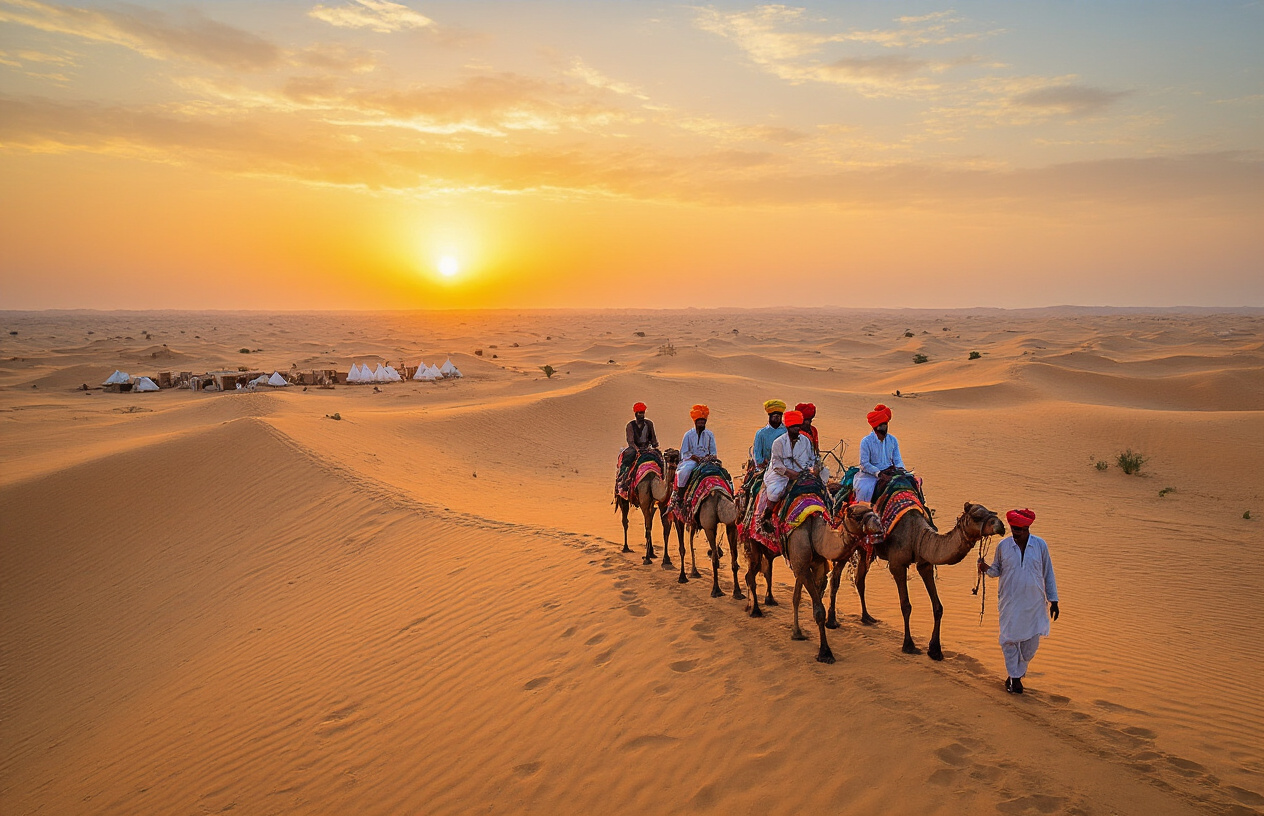
Sam Sand Dunes: Quintessential Desert Experience
Ever wanted to feel like you’re in an Arabian Nights tale? The Sam Sand Dunes, just 42km from Jaisalmer, are your ticket to that fantasy. These rolling golden waves stretch as far as the eye can see, changing colors throughout the day like nature’s own mood ring.
The magic really happens at sunset. The dunes transform from blazing gold to soft amber as the sun dips below the horizon. Grab your camera – these are the moments that’ll make your Instagram followers jealous.
Don’t just stand there looking pretty though. Hop on a camel for a bumpy but unforgettable ride across the desert. If you’re feeling adventurous, try sandboarding down the steeper dunes. Trust me, it’s like snowboarding but with sand in places you didn’t know sand could reach!
Stay for the evening cultural performances where local Rajasthani folk dancers and musicians bring the desert to life under starry skies. Nothing beats dinner around a campfire while watching these shows.
Khuri: Authentic Village Life
Skip the tourist crowds and head to Khuri, a peaceful desert village about 40km southwest of Jaisalmer. This is the real deal – mud huts with intricate designs, villagers in vibrant traditional clothing, and genuine Rajasthani hospitality.
The dunes here are less commercialized but equally stunning. The silence is almost magical – just the whisper of wind shaping the sands. Arrange a homestay with a local family and you’ll get more than just accommodation. You’ll be treated to home-cooked Rajasthani meals, traditional folk songs, and stories passed down through generations.
Morning walks through the village reveal daily life unchanged for centuries – women carrying water in brass pots, men herding sheep, children playing traditional games. It’s like stepping into a living museum.
Desert National Park: Wildlife in Arid Landscape
Who says deserts are lifeless? Spread across 3162 sq km, the Desert National Park proves that assumption dead wrong. This harsh landscape is home to some of India’s most endangered species, including the Great Indian Bustard – a magnificent bird that looks like it’s wearing a tuxedo to a desert party.
Dawn safaris here reveal desert foxes, desert cats, and countless birds that have adapted to this extreme environment. The blackbuck antelope, with its spiral horns and distinctive coloring, makes for an incredible sight against the sandy backdrop.
The park isn’t just about animals. It’s a geological wonderland with 180-million-year-old fossils scattered throughout. Keep your eyes peeled for petrified tree trunks and dinosaur fossils – evidence of a time when this desert was a lush, green paradise.
Cultural Heritage Sites
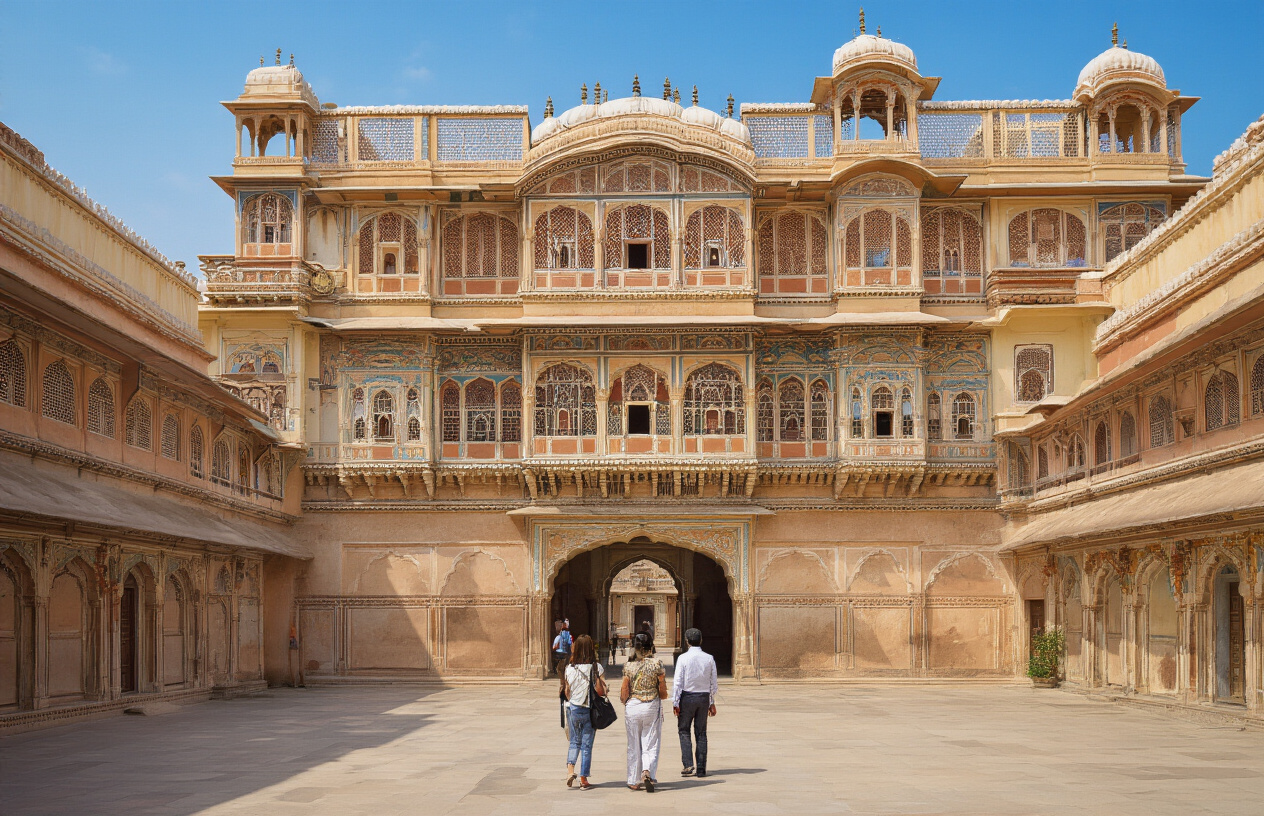
Ajmer and Pushkar: Spiritual Journey
Ever wondered where to find the soul of Rajasthan? It’s right here in Ajmer and Pushkar.
Ajmer, home to the revered Dargah Sharif of Khwaja Moinuddin Chishti, draws thousands of devotees daily. The marble domes, intricate carvings, and the peaceful courtyard create an atmosphere that’s hard to describe until you’ve felt it yourself. Stand in that courtyard during the evening qawwali sessions and tell me you don’t feel something stir inside.
Just 15 km away, Pushkar offers a completely different spiritual vibe. The only Brahma Temple in the world sits here, surrounded by 52 bathing ghats and over 500 temples. The sacred Pushkar Lake glimmers like a jewel, especially during the annual Pushkar Camel Fair when the whole town transforms into a vibrant carnival of colors, music, and tradition.
Chittorgarh: Tale of Valor and Sacrifice
Chittorgarh Fort isn’t just a tourist spot—it’s a 700-acre storyteller.
This massive hilltop fortress has witnessed three major sieges and the legendary jauhar (mass self-immolation) by Rajput women. Walking through the seven massive gates feels like stepping through chapters of history.
The 37-meter-tall Vijay Stambh (Tower of Victory) stands proud, covered in intricate carvings of Hindu deities and celestial beings. Nearby, Rani Padmini’s Palace sits quietly by a lotus pool, still whispering tales of beauty and courage that inspired countless legends.
The evening light and sound show brings these stones to life, revealing why Chittorgarh remains the ultimate symbol of Rajput pride and sacrifice.
Ranthambore: Royal Tigers and Ancient Ruins
Ranthambore isn’t your average wildlife sanctuary.
Where else can you spot a Bengal tiger lounging on a 10th-century fort? This unique blend of natural and historical heritage makes Ranthambore truly special. The ancient fort, temples, and hunting pavilions stand scattered throughout the jungle, creating perfect backdrops for wildlife photography.
The park’s star residents—about 70 tigers—roam freely among sambar deer, sloth bears, and hundreds of bird species. The most famous zones (4, 5, and 6) offer the highest chances of tiger sightings, especially around the lakes where wildlife gathers at dusk.
For history buffs, the 1,000-year-old Ranthambore Fort perched atop a hill provides panoramic views of the entire park and houses the Trinetra Ganesh Temple, still actively worshipped after centuries.
Shekhawati: Open-Air Art Gallery
Forget museum entry tickets. In Shekhawati, every wall tells a story.
This region in northern Rajasthan features hundreds of havelis (mansions) painted with colorful frescoes dating back to the 18th century. Wealthy merchants who built these mansions competed to outdo each other, resulting in this accidental open-air art gallery.
The towns of Mandawa, Nawalgarh, and Fatehpur are the best places to start your art tour. Marvel at the detailed paintings depicting everything from religious scenes to European cars and telephones—showing how these merchants incorporated their foreign business experiences into traditional art.
Many havelis have been converted into heritage hotels, giving you the chance to actually sleep surrounded by centuries-old artwork. Wake up with your morning chai under a ceiling painted with scenes from the Ramayana—that’s a Rajasthan experience you won’t forget.
Accommodation Experiences
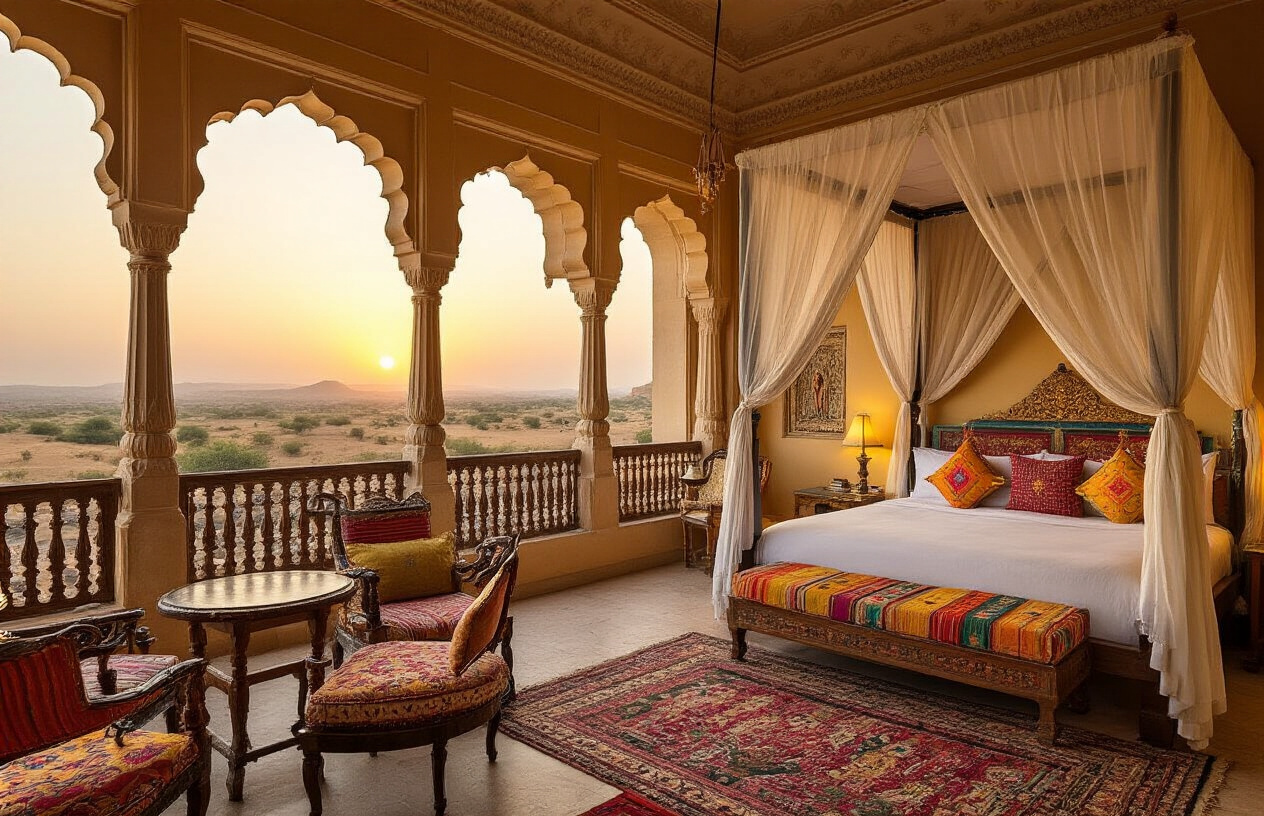
Heritage Hotels: Living Like Royalty
Ever wondered what it feels like to wake up in a 300-year-old palace? In Rajasthan, you can do exactly that. The state’s heritage hotels aren’t just places to crash—they’re time machines.
Take Umaid Bhawan in Jodhpur. Half of it is still the royal family’s residence, while you get to lounge in the other half. With art deco furniture that’s older than your grandparents and bathrooms bigger than most city apartments, you’re not just booking a room—you’re buying a slice of history.
Or Lake Palace in Udaipur. It literally floats on Lake Pichola like something out of a fairytale. The maharajas built these places to impress, and trust me, they still do the job perfectly.
Luxury Desert Camps: Glamping Under the Stars
Forget everything you think you know about camping. Desert camps in Rajasthan are to tents what Rolls Royces are to tricycles.
The Serai in Jaisalmer has “tents” with private pools. Yes, pools. In the desert. Crazy, right? You’ll sit on hand-carved wooden furniture, eating food cooked by private chefs while staring at more stars than you knew existed.
Most camps offer camel safaris at sunset, followed by traditional Rajasthani folk dances around a bonfire. And when you finally retire to your tent, you’ll find a proper bed—not some flimsy sleeping bag on the ground.
Havelis: Merchant Mansion Stays
Rich merchants built these ornate mansions to show off their wealth, and now you get to benefit from their centuries-old flexing.
In places like Mandawa and Shekhawati, these havelis are covered in frescoes depicting everything from local legends to the first cars and trains the artists ever saw. It’s like sleeping inside an art gallery.
The best part? Many are still run by the original families. You’re not just a guest; you’re practically adopted for the duration of your stay. Expect home-cooked meals that no restaurant can match and stories that won’t be in any guidebook.
Eco-Resorts: Sustainable Tourism Options
For travelers with green consciences, Rajasthan now offers incredible eco-resorts that protect the environment while still delivering comfort.
Places like Lakshman Sagar use rainwater harvesting, solar power, and locally sourced materials. Their cottages are built from mud and stone using traditional techniques, keeping them naturally cool even in desert heat.
The food comes from on-site organic gardens, and many resorts work directly with local communities, ensuring your tourism dollars actually help preserve the culture and environment you came to experience.
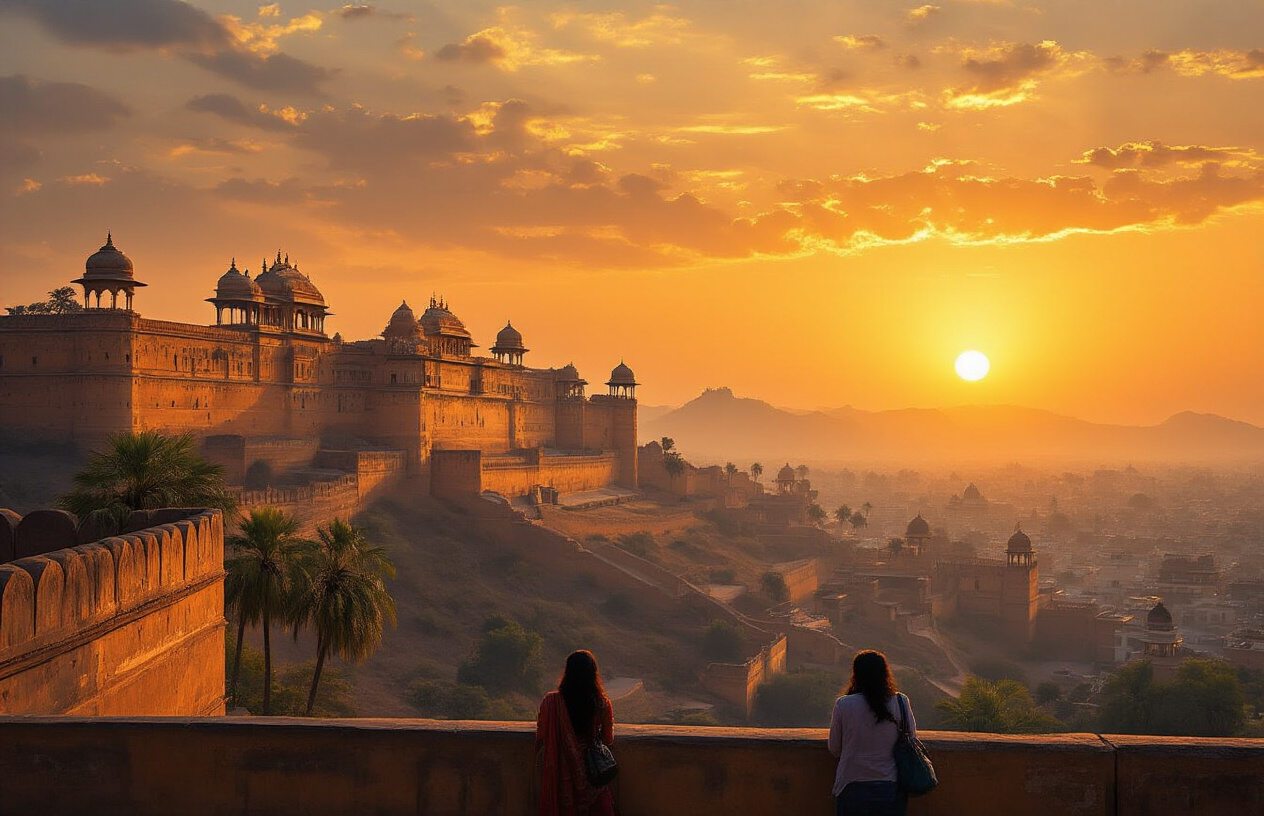
Rajasthan’s magical allure can be best experienced during the winter months from October to March, when the desert state offers pleasant temperatures perfect for exploring its royal cities like Jaipur, Udaipur, and Jodhpur. The golden sands of the Thar Desert provide unforgettable adventures through camel safaris and desert camping, while magnificent forts, palaces, and vibrant cultural sites like Pushkar showcase the region’s rich heritage.
Your Rajasthan journey is incomplete without experiencing its unique accommodation options, from heritage hotels housed in former palaces to luxury desert camps. Whether you’re drawn to the architectural splendor of the Pink City, the romantic lakes of Udaipur, or the mystical dunes of Jaisalmer, plan your visit during the cooler months to fully immerse yourself in the royal grandeur and cultural tapestry that make Rajasthan a truly magnificent destination.

